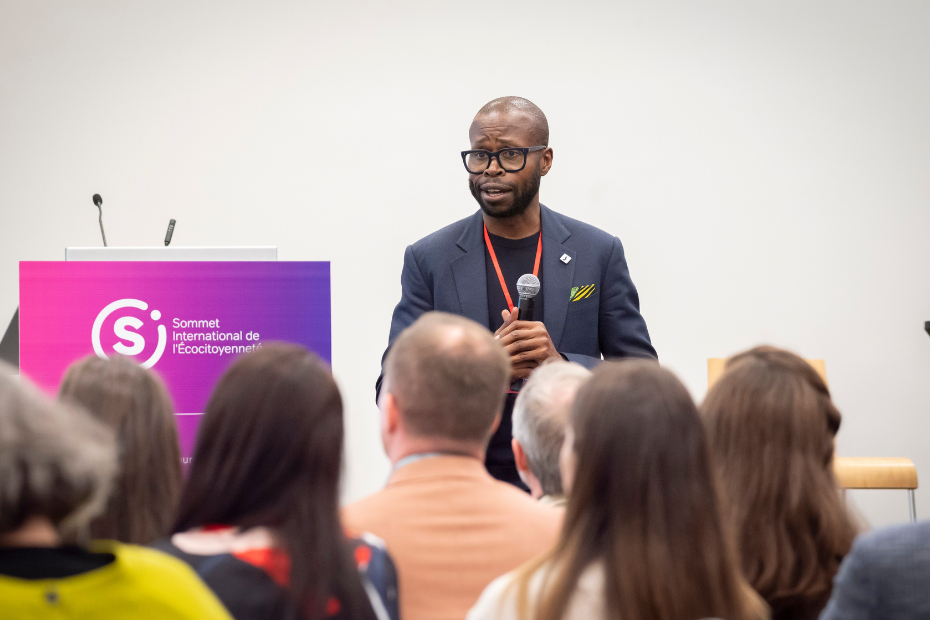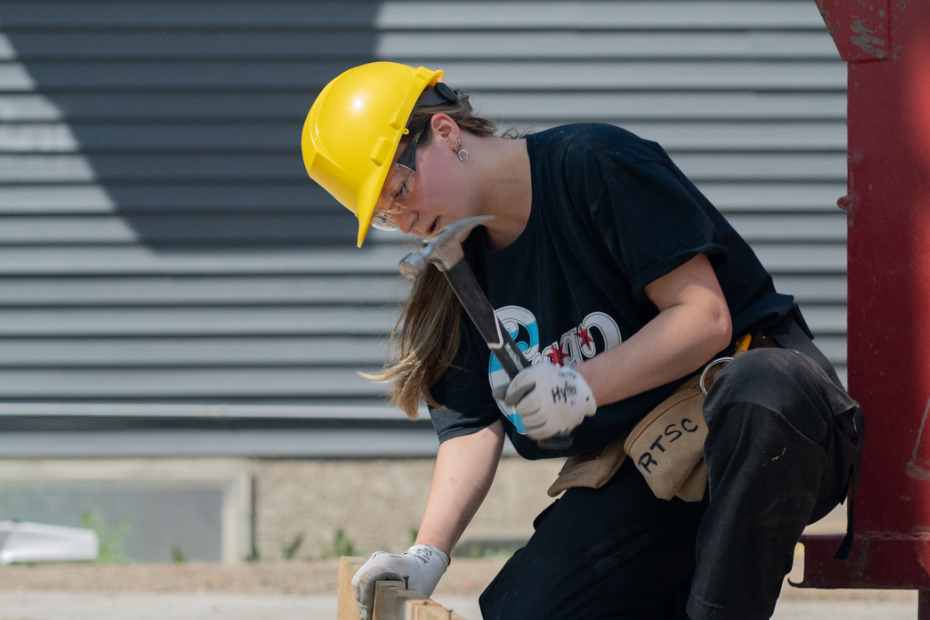Small business owners may look enviously at the huge corporations that receive government incentives to reinvest in their operations in Canada, but the truth is that there are plenty of government programs to help the “small guys” get greener, train staff, conduct research and tap foreign markets.
“There are certainly a multitude of programs that exist,” says Corinne Pohlmann, senior vice-president of national affairs and partnerships with the Canadian Federation of Independent Business (CFIB). “Whether you even know about them is one challenge that small businesses face, and if they do know, the actual application can be pretty onerous.”
Money from the feds and the provinces is available to help small companies develop, but they need to be strategic when it comes to identifying funding programs and applying for them. Above all, they need to present a picture of a growing business, says Bernadeen McLeod, president and owner of Mentor Works, a Brampton, Ont., company which helps companies seek out government financial support.
“That is probably your number one eligibility criteria,” she says. “The government is only going to fund you if you can create jobs and show incremental revenue gains and if you can’t, then you are not going to be a good recipient for funding. Even if I pick the simplest training program for you, you still have to show me a couple of [opportunities] for job creation.”
McLeod’s firm specializes in knowing how to target the 55 available federal and provincial programs on behalf of business clients who are seeking wage subsidies, training programs, marketing support and other initiatives. “Our goal isn’t necessarily to teach companies to [apply for] all 55, we just say, ‘Pick five or six every year, get addicted to them and then reapply.'”
Among established funding programs, McLeod’s favourites include the Southwestern Ontario Development Fund (SWODF), a provincial program that offers grant money to create 10 jobs.
She says another “workhorse” program is CME SMART, a program funded in partnership with trade organization Canadian Manufacturers and Exporters (CME), which provides up to $100,000 towards capital equipment. For food producers, there’s Growing Forward 2 (GF2), a federal-provincial, cost-shared program tailored to the needs of each province or territory.
The federal support program that the CFIB’s Pohlmann hears the best reviews about among the group’s members is the Industrial Research Assistance Program (IRAP). It offers advisory services, grants and networking with experts and potential business partners.
“Essentially, it provides advice and guidance in creating a new innovation at your company, whether it is a new product or a new process,” says Pohlmann. “We like it because it isn’t just high-tech focused. It also helps manufacturers and other types of more traditional businesses that are looking to be more innovative. So it tends to be a little more accessible than some other programs that focus more on the ‘sexy’ types of innovation.”
Stephanie Sang, founder and CEO of Vancouver-based Granted Consulting, helps firms access an array of grants, but says she typically starts with hiring and training. One of her favourites is the Canada Job Grant program which is federally funded but provincially administered. It funds companies to send employees to third-party training providers such as secondary education facilities or bring in private training providers.
Local variations of the Canada Job Grant program can also make it more appealing, she adds. “What I really like about the B.C. program is that business owners are allowed to take advantage of training as well.”
For newer businesses or companies that have never sought government funding before, start small, advises McLeod of Mentor Works.
“Start with the simple programs which are training and wage subsidies, so that when you hire young graduates, the government will leverage that hiring, anywhere from $10,000 to $20,000 per graduate,” she says.
McLeod says that often the best use of government money occurs when companies come to her and present their top strategic priorities – the places where they need to spend money in the next 12 to 18 months.
“Then we would select programs that would support [those priorities],” she says. “I would normally start with hiring and training, then my next level of questions would be around capital equipment, and then finally, research and development activities.”
This article originally appeared in the Globe & Mail in October 2016.
This article is intended as general information only and is not to be relied upon as constituting legal, financial or other professional advice. A professional advisor should be consulted regarding your specific situation. Information presented is believed to be factual and up-to-date but we do not guarantee its accuracy and it should not be regarded as a complete analysis of the subjects discussed. All expressions of opinion reflect the judgment of the authors as of the date of publication and are subject to change. No endorsement of any third parties or their advice, opinions, information, products or services is expressly given or implied by Royal Bank of Canada or any of its affiliates.



















